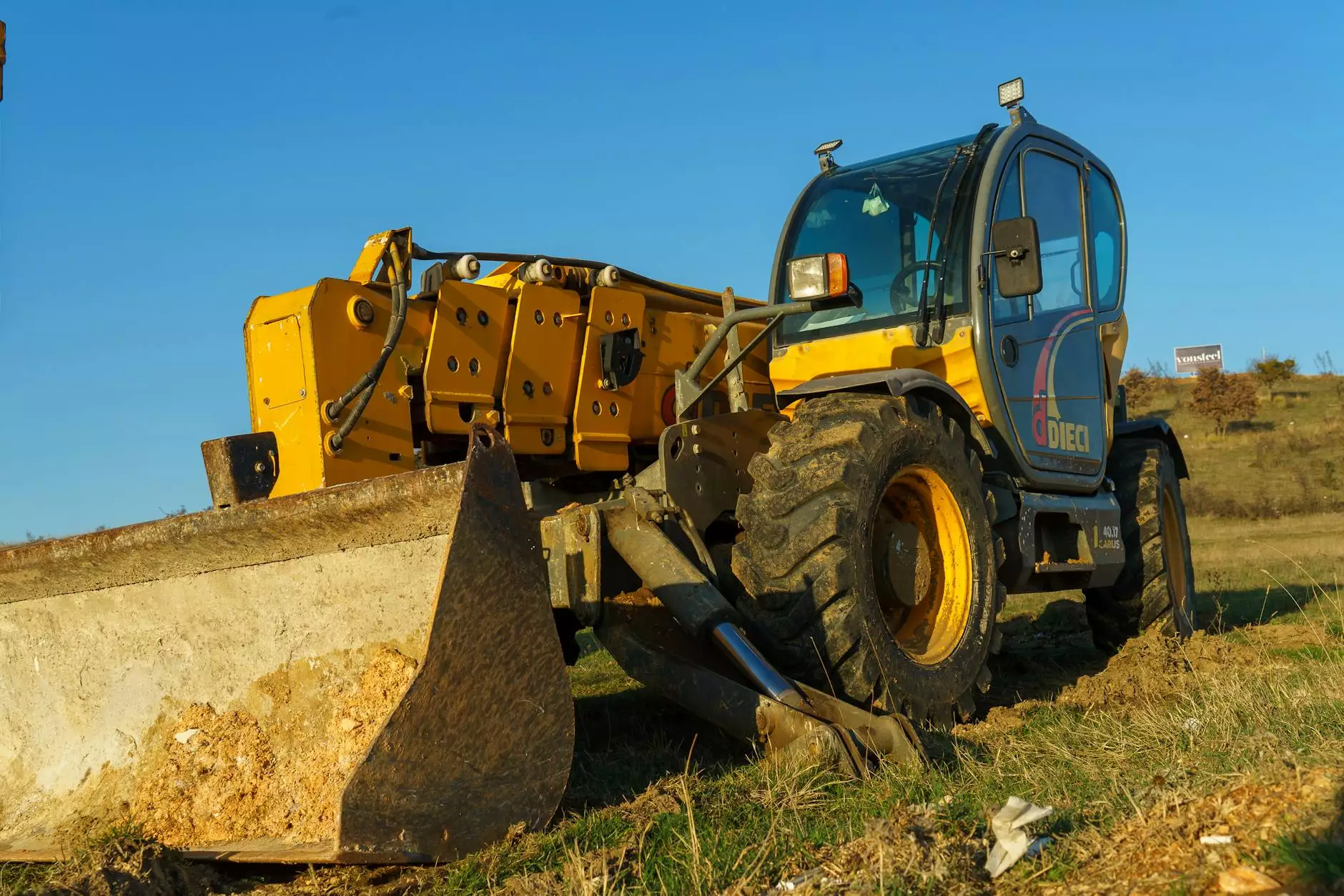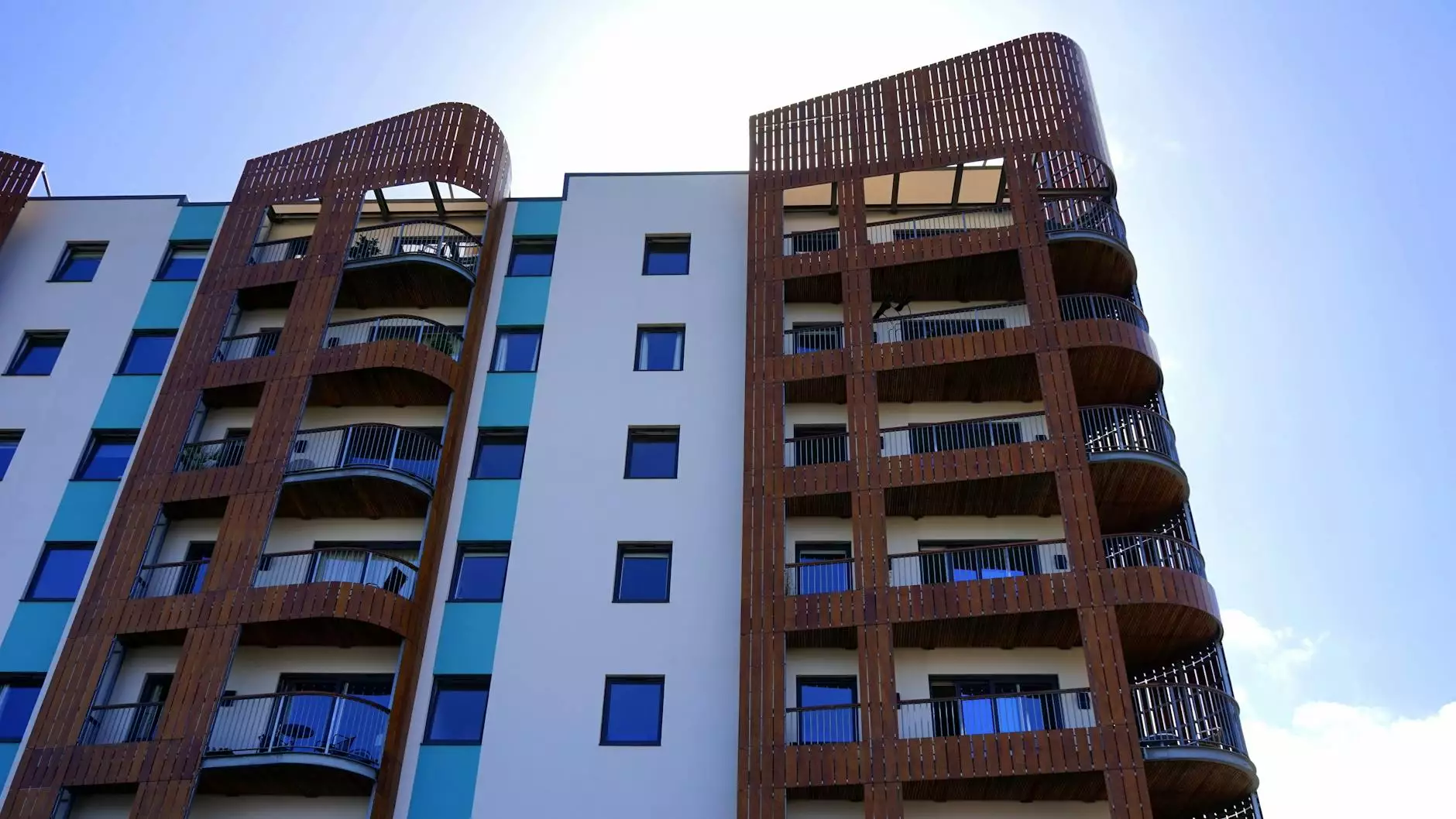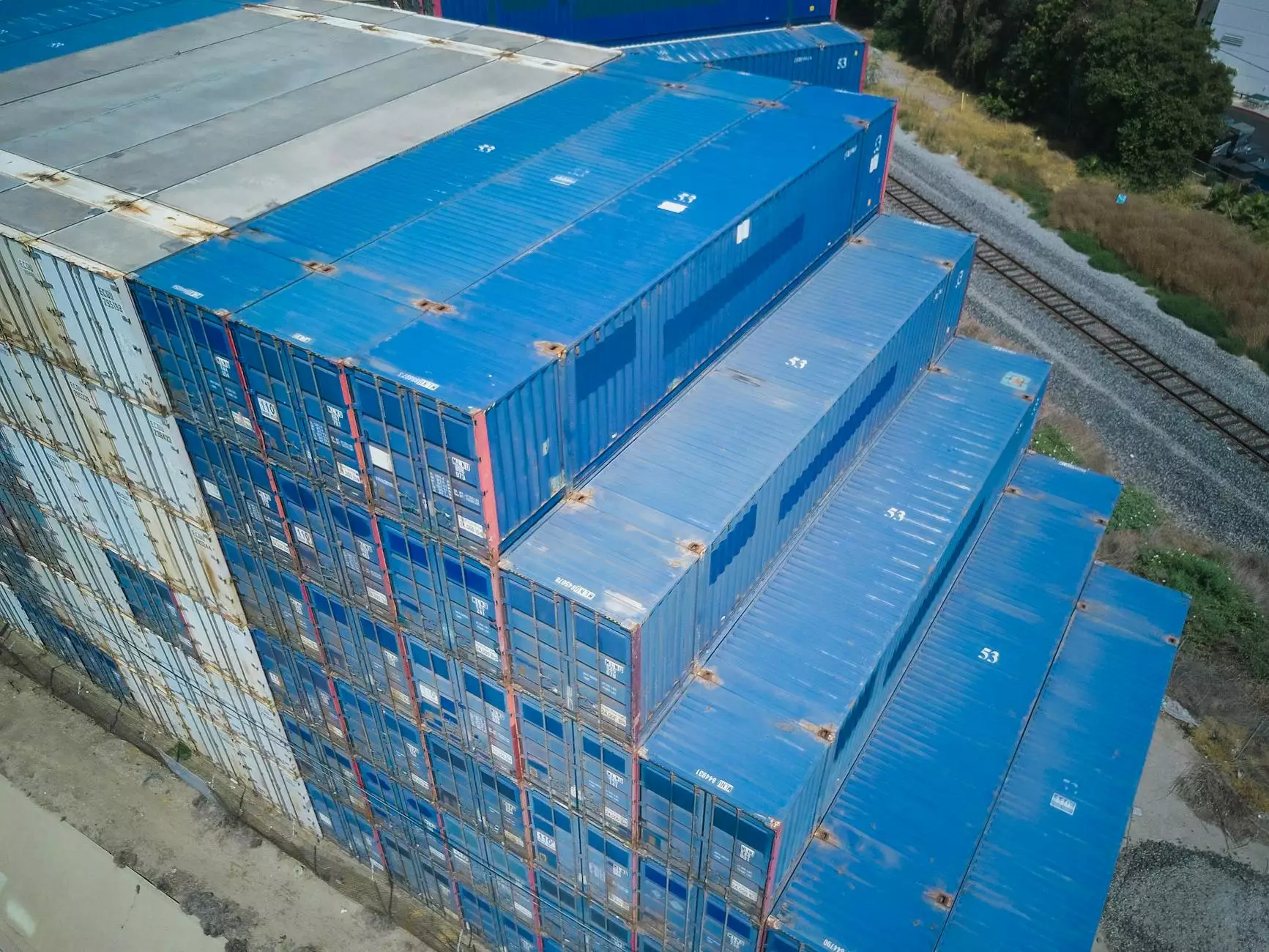Ultimate Guide to Concrete Mixing Plants

Concrete mixing plants are pivotal to modern construction practices. These facilities play an essential role in the production of concrete mixtures that are crucial for various construction projects, from residential buildings to massive infrastructures. Understanding the intricacies of concrete mixing plants can provide valuable insights into their efficiency, technological advancements, and overall contribution to the construction industry.
What is a Concrete Mixing Plant?
A concrete mixing plant is a facility where different materials are combined to produce concrete. The primary components include:
- Cement
- Water
- Aggregates (sand, gravel, crushed stone)
- Admixtures (chemical additives to enhance performance)
These plants are designed to produce concrete that meets specific requirements in terms of strength, durability, and consistency.
Types of Concrete Mixing Plants
There are various types of concrete mixing plants tailored to specific project needs:
1. Stationary Concrete Mixing Plants
Stationary systems are typically used for large-scale projects. They have a fixed setup which allows for high production capacity and uniformity in mixing.
2. Mobile Concrete Mixing Plants
Mobile plants offer flexibility, allowing them to be transported between job sites. Ideal for smaller projects or where space is limited.
3. Compact Concrete Plants
These plants are designed for easy transportation and quick installation, suitable for areas with limited space and where rapid concrete supply is essential.
Benefits of Concrete Mixing Plants
Utilizing concrete mixing plants offers numerous benefits for construction projects:
- Efficiency: They produce concrete more quickly than manual mixing methods, ensuring timely supply for construction activities.
- Consistency: Automated processes guarantee that every batch of concrete meets the required specifications.
- Quality Control: These facilities allow for better quality management through precise measurement and mixing capabilities.
- Cost Effectiveness: By reducing labor costs and material waste, concrete mixing plants contribute to overall project savings.
Key Components of a Concrete Mixing Plant
Each concrete mixing plant consists of several critical components that work together to ensure efficient concrete production:
1. Aggregate Batching System
This system is responsible for measuring and mixing the aggregates used in the concrete. Precise batching is crucial for achieving high-quality concrete.
2. Cement Silo
Cement silos store large quantities of cement, which is essential for large projects that require consistent supply.
3. Mixing Unit
The mixing unit is where all components come together. High-quality mixers ensure that the concrete achieves a homogeneous mix, essential for structural integrity.
4. Control System
A robust control system is vital for monitoring and managing the production process, allowing for real-time adjustments and quality control.
Technological Advancements in Concrete Mixing Plants
The construction industry is evolving rapidly, and so are concrete mixing plants. The integration of advanced technology has transformed these facilities, improving efficiency and minimizing errors:
- Automated Batching Systems: Automation enhances precision, reduces manual errors, and improves overall efficiency.
- Cloud Technology: Remote monitoring and management capabilities allow operators to oversee production from anywhere.
- Sustainability Initiatives: Many modern plants incorporate eco-friendly practices, such as using recycled materials, to promote sustainability in construction.
Polygonmach: Leading the Industry
Polygonmach is a renowned manufacturer of concrete mixing plants and equipment, setting new standards in the industry. Their commitment to innovation and quality is evident in their diverse range of products and services:
Extensive Product Range
Polygonmach offers various types of mixing plants, including:
- Fully automatic stationary plants for large-scale projects
- Mobile mixers that prioritize flexibility and portability
- Compact systems that cater to low-space environments while maintaining high output
Unmatched Quality and Durability
The products from Polygonmach undergo rigorous quality control processes, ensuring they meet international standards. Their equipment is built to last, withstand harsh working conditions, and deliver optimal performance over time.
Exceptional Customer Support
Polygonmach believes in providing continuous support, including installation services, maintenance, and after-sales support, ensuring clients can maximize their investment.
Industry Applications of Concrete Mixing Plants
Concrete mixing plants have diverse applications within the construction industry, serving various sectors:
1. Residential Construction
From single-family homes to large apartment complexes, concrete mixing plants provide the essential materials needed for foundations, walls, and roads.
2. Commercial Buildings
For office buildings, retail stores, and malls, concrete is vital for structural integrity and design aesthetics.
3. Infrastructure Projects
Bridges, highways, and tunnels rely heavily on concrete, making quality mixing plants essential for meeting the stringent standards of infrastructure work.
4. Industrial Facilities
Manufacturing plants and warehouses utilize concrete for flooring and structural elements, benefiting from the efficient production capabilities of modern mixing plants.
Choosing the Right Concrete Mixing Plant
When selecting a concrete mixing plant, several factors should be considered:
- Project Size: The scale of the project will determine the type of mixing plant needed (stationary vs. mobile).
- Production Capacity: Understanding how much concrete you will need and how quickly you require it is essential.
- Technology Features: Look for modern features such as automated systems, connectivity, and sustainability practices.
- Cost: Compare the upfront costs with long-term savings in operations and maintenance.
Future Trends in Concrete Mixing Plant Technology
The future of concrete mixing plants is likely to be characterized by several promising trends:
- Increased Automation: As technology advances, more processes will be automated, leading to lower labor costs and higher efficiency.
- Enhanced Sustainability: Innovations that focus on reducing carbon footprints and using sustainable materials will likely dominate.
- Integration of AI: Artificial intelligence could play a role in optimizing production schedules and predictive maintenance.
Conclusion
In conclusion, concrete mixing plants are indispensable resources in the construction industry, influencing not just project outcomes but also the efficiency and sustainability of building practices. Companies like Polygonmach are at the forefront, providing state-of-the-art technology and robust support to enhance construction efficiency worldwide. As the industry evolves, embracing new technologies and sustainability practices will be key to future success.
For more information about quality mixing plants and associated equipment, visit Polygonmach.









